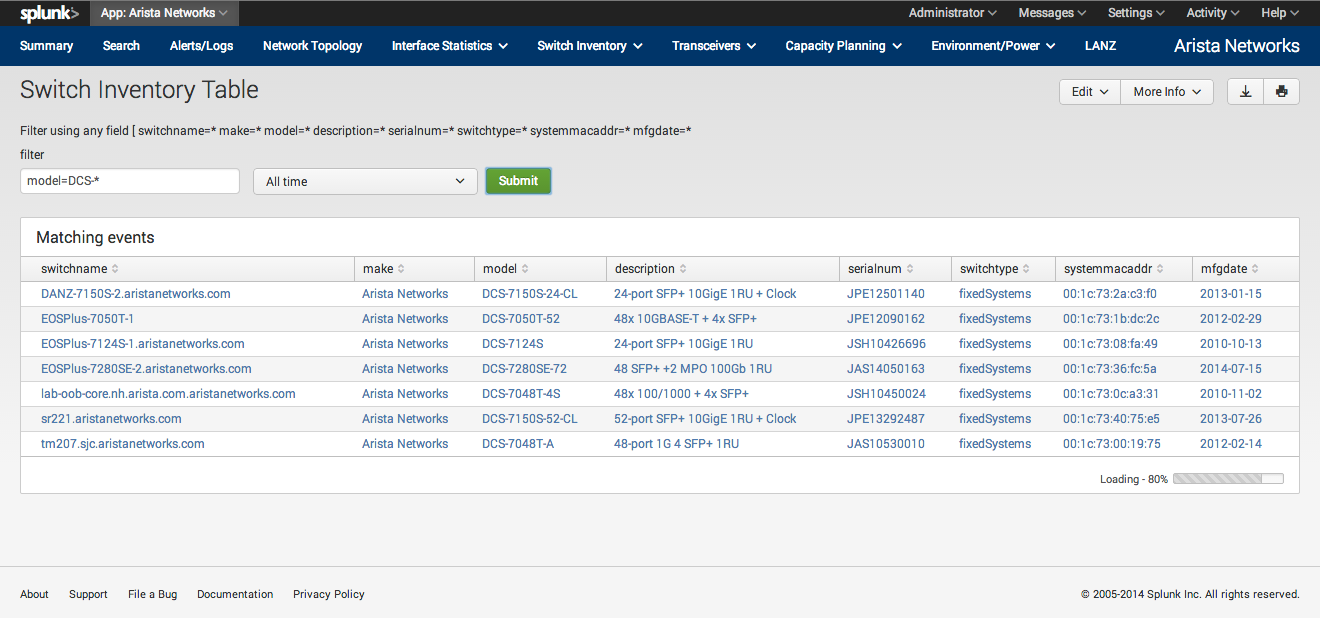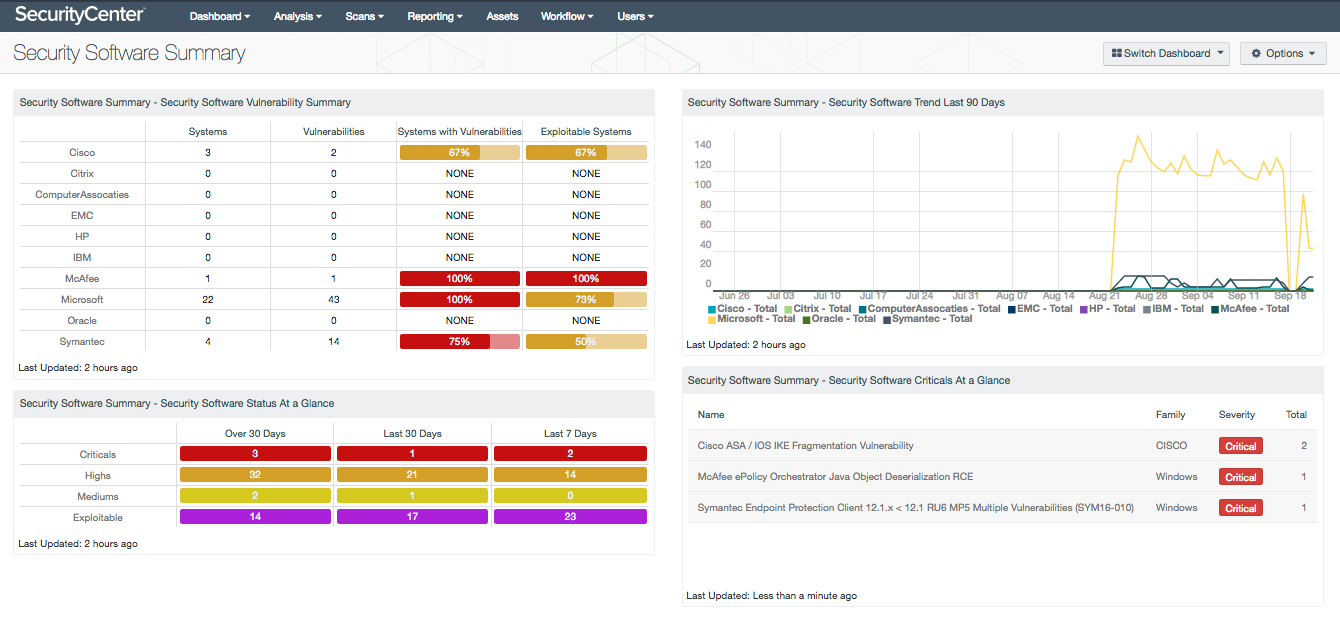
To be a Top Investor Relations Executive typically requires 8+ years of managerial experience. Approves policies developed within various sub-functions and departments. Develops major goals to support broad functional objectives. The Top Investor Relations Executive manages a departmental function within a broader corporate function. Additionally, Top Investor Relations Executive typically reports to top management. Being a Top Investor Relations Executive ensures the availability of financial reports to investors and manages the proxy solicitation process. Fosters and improves relations between an organization and its shareholders as well as the general financial community in order to maximize the value of the organization's stock.

Because the Funds trade during U.S.Top Investor Relations Executive plans and directs all aspects of an organization's investor relations policies, objectives, and initiatives. The premiums and discounts for funds with significant holdings in international markets may be less accurate due to the different closing times of various international markets. Therefore, changing market sentiment during the time difference may cause the NAV to deviate from the closing price. However, it is important to note that the last trade - from which the closing price is determined - may not occur at exactly 4:00 p.m. Trading of Global X funds generally takes place during normal trading hours (9:30 a.m. eastern time), slight differences in this timing may cause discrepancies. Although both the NAV and the daily market price of the Fund are generally calculated based on prices at the closing time of the exchange (generally 4:00 p.m. What causes these time discrepancies?Ĭlose of Trading Times. However, due to the creation and redemption process that is unique to ETFs, market makers are able to minimize these deviations from NAV by taking advantage of arbitrage opportunities. As a result, shareholders may pay more than NAV when they buy Fund shares and receive less than NAV when they sell those shares, because shares are purchased and sold at current market prices. The NAV of the Fund is only calculated once a day (normally at 4:00 p.m. Depending on how this changing information affects investor sentiment, shares of the Fund may deviate slightly from the value of the Fund's underlying assets. Since shares of the Fund trade on the open market, prices are affected by the constant flow of information received by investors, corporations and financial institutions. The primary explanation is that timing discrepancies can arise between the NAV and the trading price of the Fund. dollars.ĭownload Chart Data (.CSV) How can the Fund trade at a premium/discount to its NAV? High short-term performance, when observed, is unusual and investors should not expect such performance to be repeated. The investment return and principal value of an investment will fluctuate so that an investor's shares, when sold or redeemed, may be worth more or less than their original cost and current performance may be lower or higher than the performance quoted.

Past performance does not guarantee future results.

The performance data quoted represents past performance. Annualized return is the average return gained or lost by an investment each year over a given time period. Cumulative return is the aggregate amount that an investment has gained or lost over time. Performance is shown on a total return basis (i.e., with gross income reinvested, where applicable). Fund returns (NAV & Closing Price) presented above reflect the performance of the predecessor Fund through December 21, 2018. The Fund was also re-organized effective December 24, 2018. Hybrid index performance (noted as "Index" above in the chart) reflects the performance of the Cboe NASDAQ-100 BuyWrite Index through Octoand the Cboe NASDAQ-100 BuyWrite V2 Index thereafter. The Fund’s investment objective and investment strategies changed effective October 15, 2015.


 0 kommentar(er)
0 kommentar(er)
